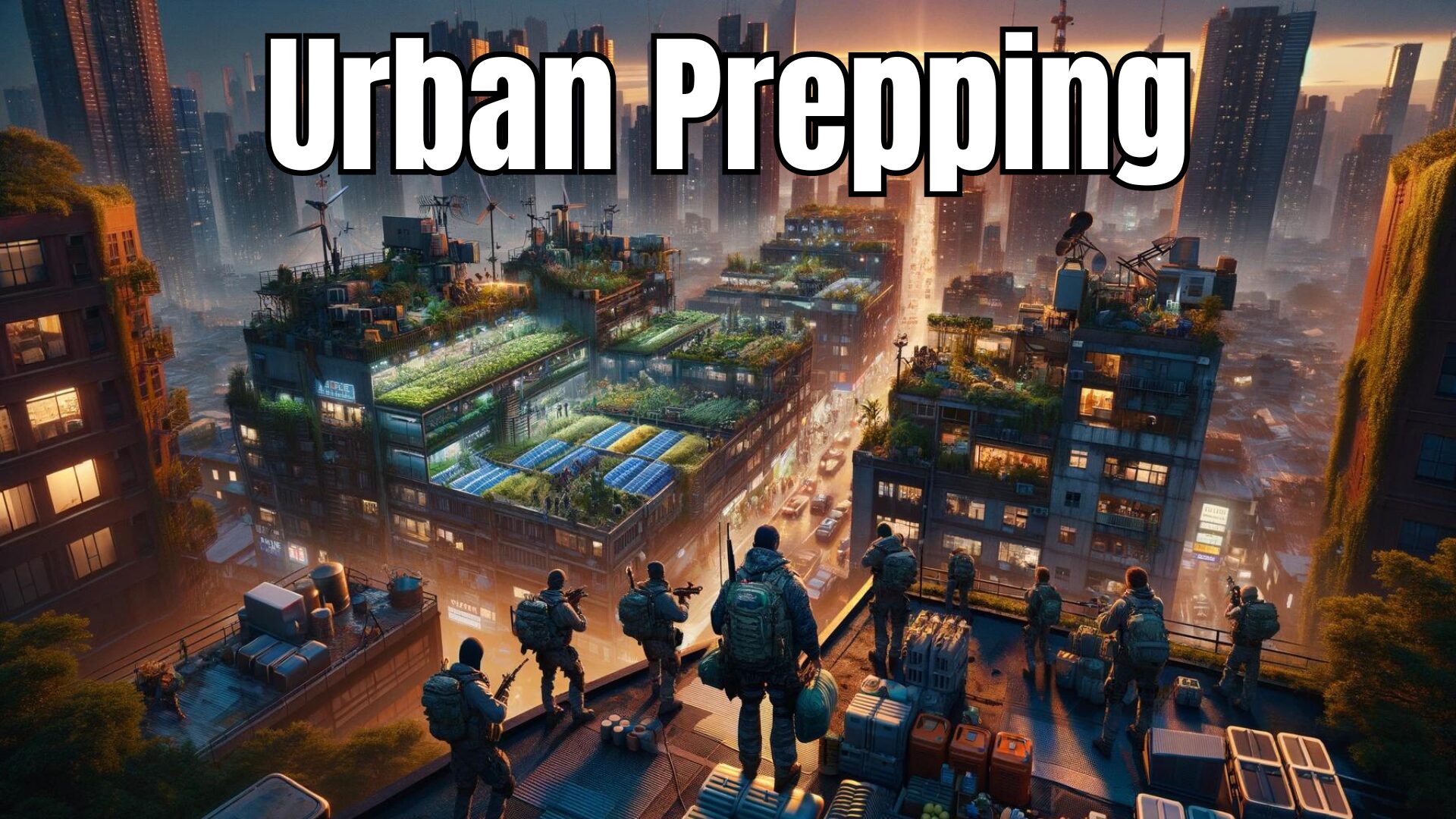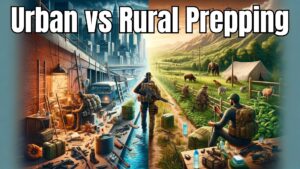Table of Contents
Urban Survival Essentials: Prep for Any Disaster
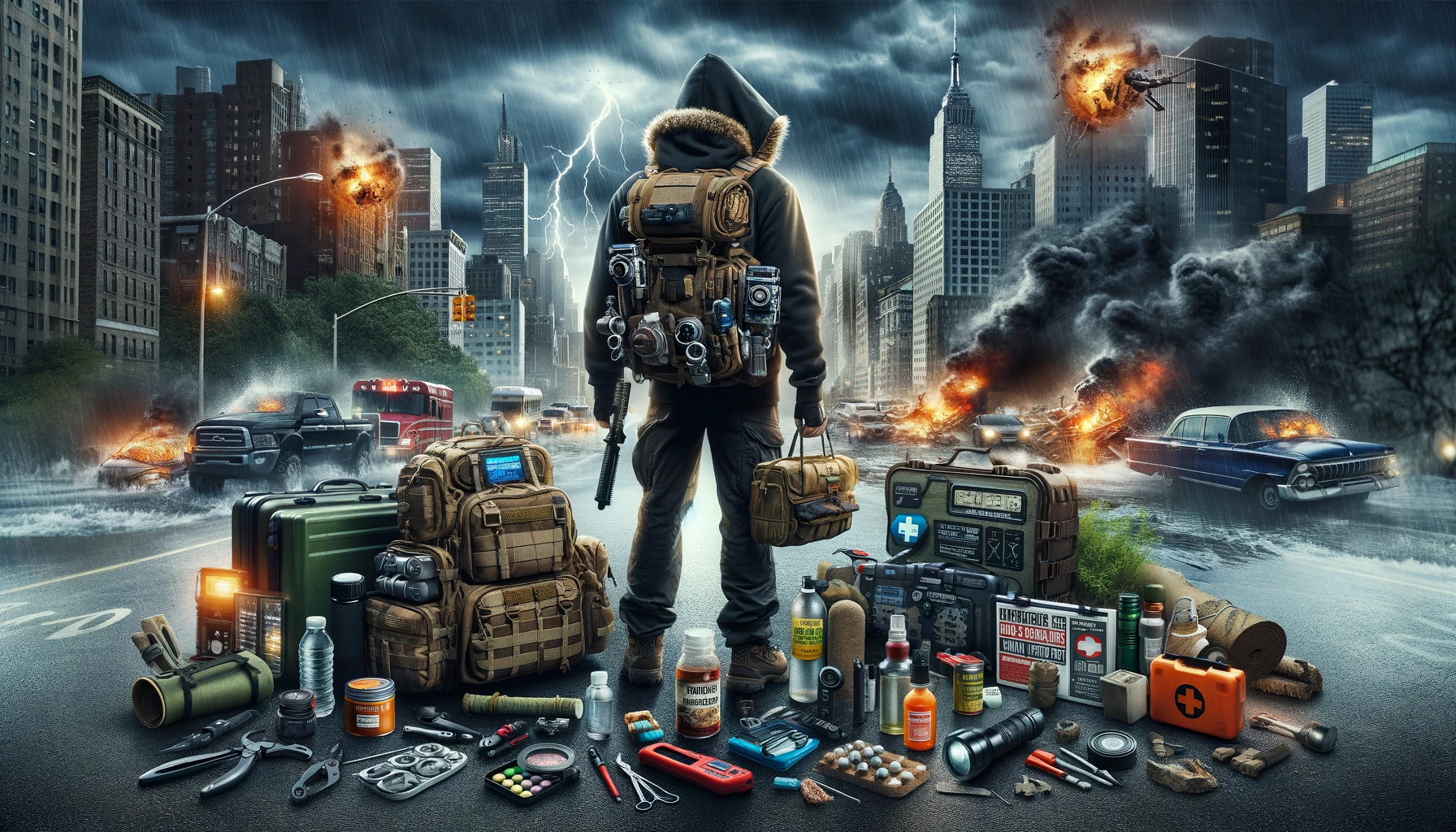
The Importance of Urban Prepping
When prepping for urban survival, it’s crucial to consider the unique challenges that come with living in a city.
Emergency preparedness is not just for doomsday preppers; it’s about being ready for any unexpected event, from natural disasters to man-made crises.

Urban preppers need to store essential food and water, plan for evacuation routes, and learn survival skills tailored to an urban environment.
Key Steps for Urban Preppers
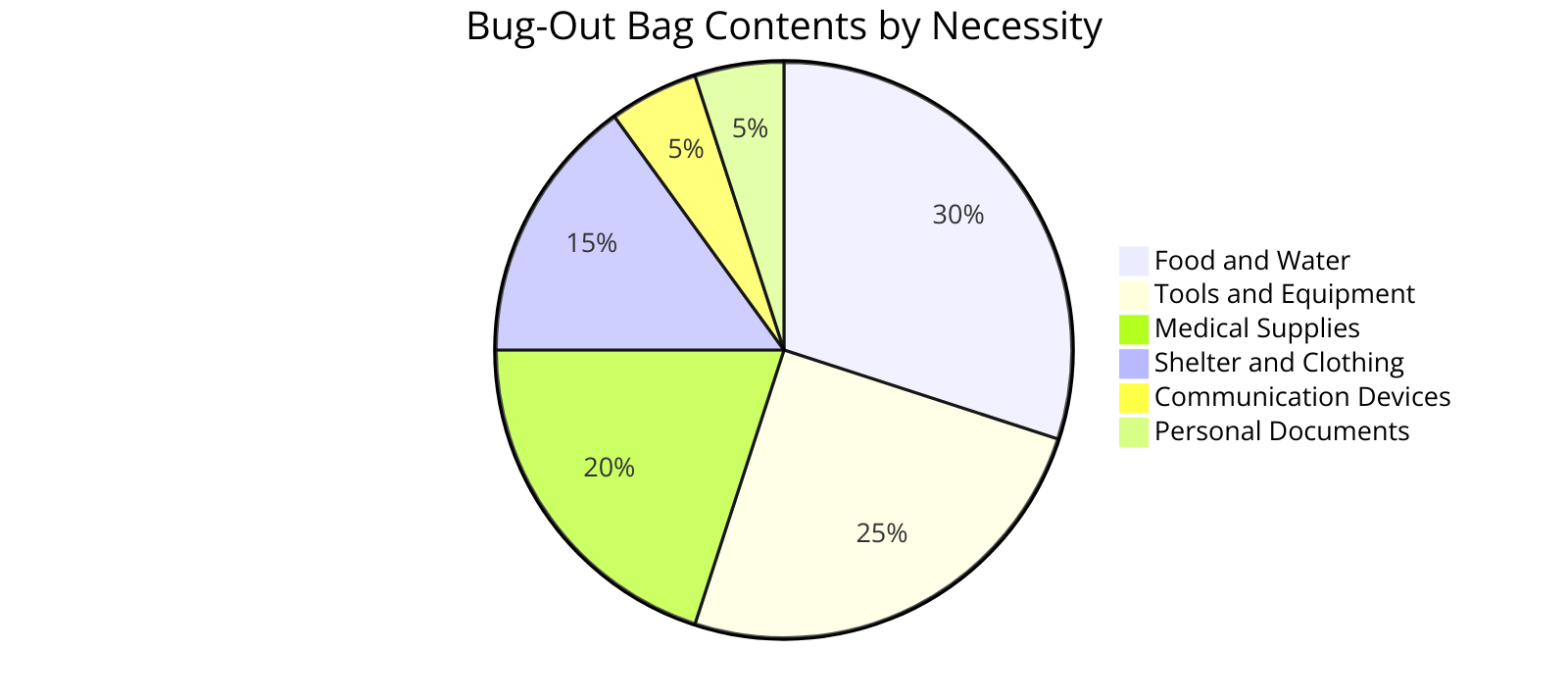
- Stock up on non-perishable food and water: In a disaster situation, access to food and water may be limited, so having a sufficient store can be a lifesaver.
- Create a bug-out bag: This essential kit should contain key items like first aid supplies, SHTF tools, a flashlight, and any personal medications.
| Item | Purpose |
|---|---|
| Water and Water Purification | Hydration and ensuring access to safe water |
| Non-perishable Food | Sustenance during emergencies |
| Multi-Tool or Swiss Army Knife | Versatile tool for various tasks |
| Flashlight and Batteries | Illumination in low-light conditions |
| First Aid Kit | Basic medical treatment and injury care |
| Emergency Blanket | Retain body heat in cold conditions |
| Whistle | Signaling for help |
| Fire Starter | Igniting fires for warmth and cooking |
| Emergency Shelter (Tarp or Tent) | Protection from the elements |
| Map and Compass | Navigation in unfamiliar terrain |
Emergency Preparedness: The Urban Prepper’s Guide

Importance of Food Storage in Urban Areas
In an urban area, access to food may be limited when disaster strikes.
As an urban prepper, it’s crucial to store food that requires minimal preparation and can last a long time.
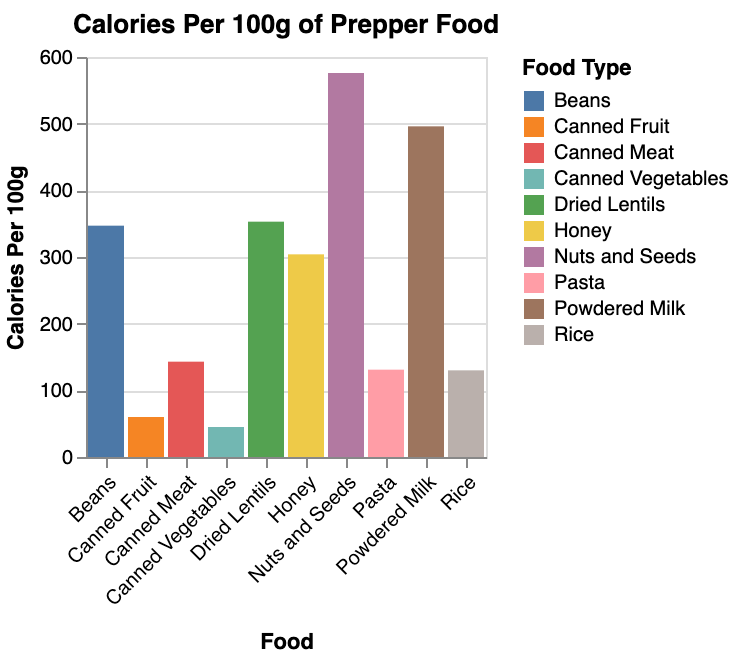
Consider freeze-dry or dehydrated options that are lightweight and easy to carry when you need to evacuate.
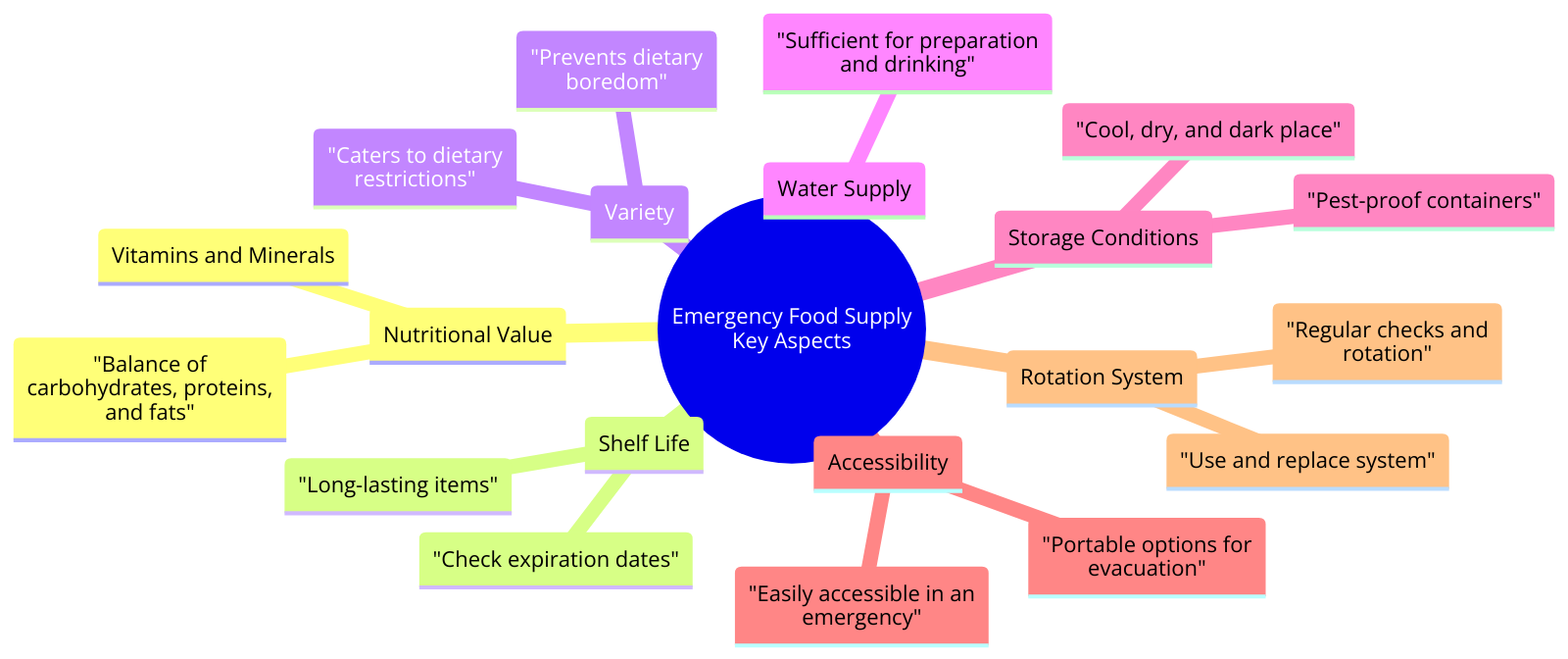
Aim to have at least a three-day supply of food storage per person per day.
- Store emergency supplies in strategic locations in your home
- Rotate food storage to ensure freshness
- Consider water storage solutions as well
| Food Item | Calories (per serving) | Protein Content (grams per serving) | Shelf Life | Preparation Time |
|---|---|---|---|---|
| Rice | 200 calories | 4 grams | Indefinite (properly stored) | 15-20 minutes |
| Canned Beans | 150 calories | 7 grams | 2-5 years | Ready to eat |
| Peanut Butter | 190 calories | 8 grams | 1-2 years (unopened) | Ready to eat |
| Canned Tuna | 120 calories | 26 grams | 2-5 years | Ready to eat |
| Oatmeal | 150 calories | 5 grams | 1-2 years | 5-10 minutes |
| Canned Soup | 100-200 calories | 3-8 grams | 1-2 years | Heating required |
| Dried Fruit | 100-150 calories | 1-3 grams | 6-12 months | Ready to eat |
| Canned Vegetables | 50-100 calories | 1-3 grams | 2-5 years | Heating required |
| Pasta | 200 calories | 7 grams | 1-2 years | 8-12 minutes |
| Instant Noodles | 200-300 calories | 4-8 grams | 6-12 months | 3-5 minutes |
Evacuation Strategies for Urban Preppers
When the threat of a natural disaster looms, urban preppers must be ready to evacuate at a moment’s notice.
Have a well-thought-out plan in place that includes multiple evacuation routes and meeting points.
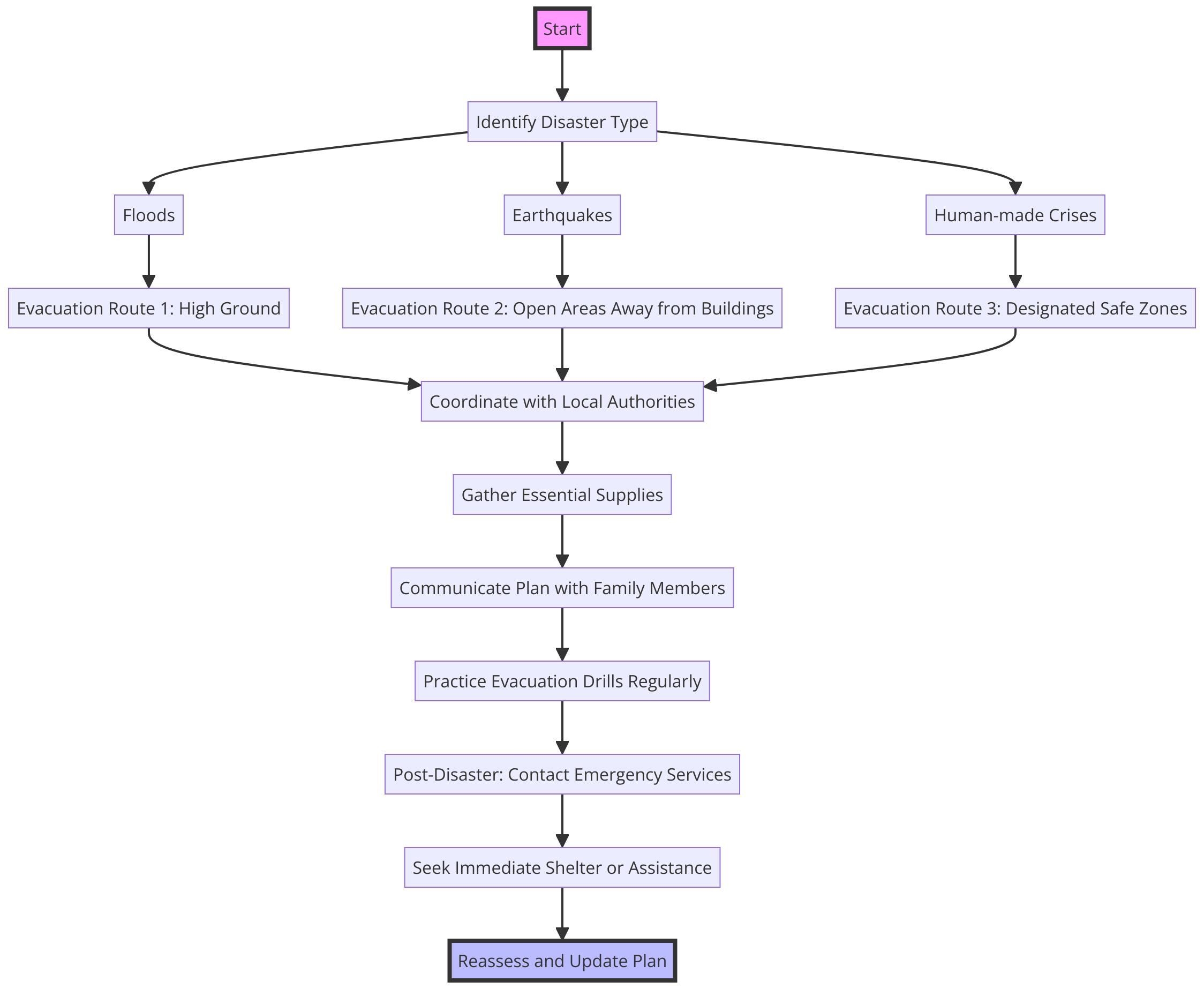
Ensure each family member knows the plan and has a designated role to prevent getting stranded.
- Stay informed about potential evacuation orders in your area
- Practice evacuation drills with your family to ensure everyone knows what to do
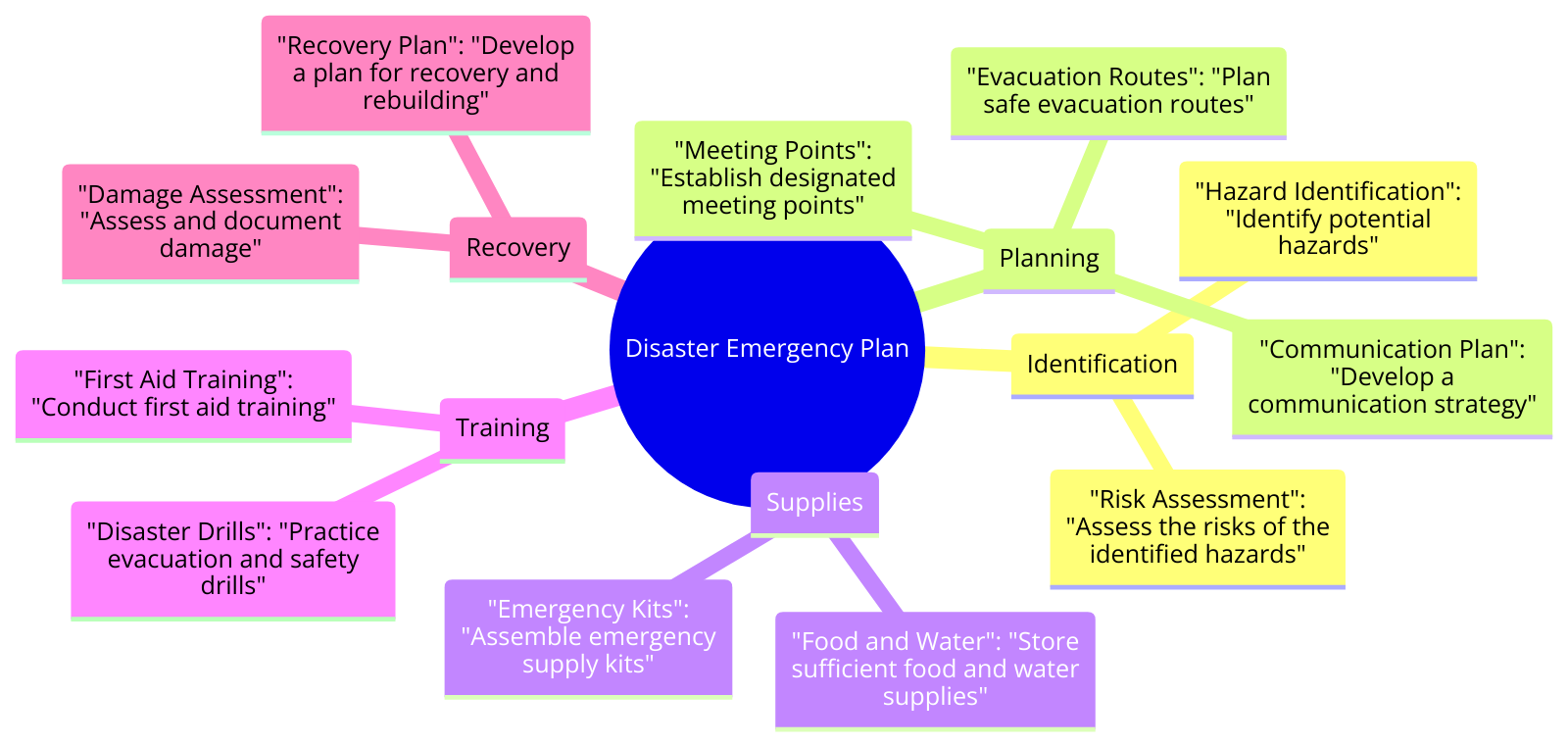
Water Storage Solutions for Urban Areas
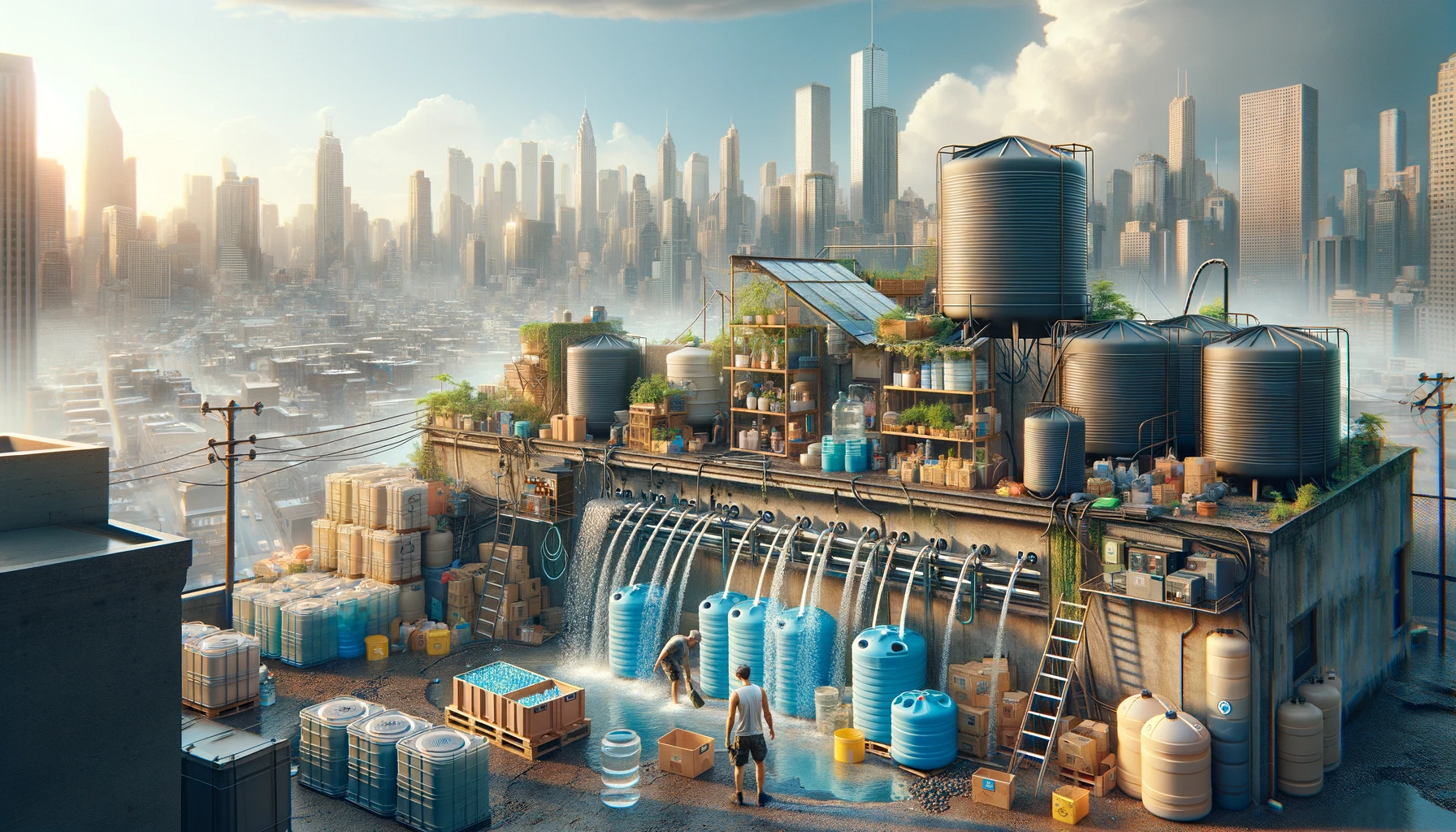
Making the Most of Limited Storage Space
In an urban setting, finding adequate space to store water supplies can be a challenge.
One prepper tip is to utilize under-the-bed storage containers or empty closets to stash extra water.
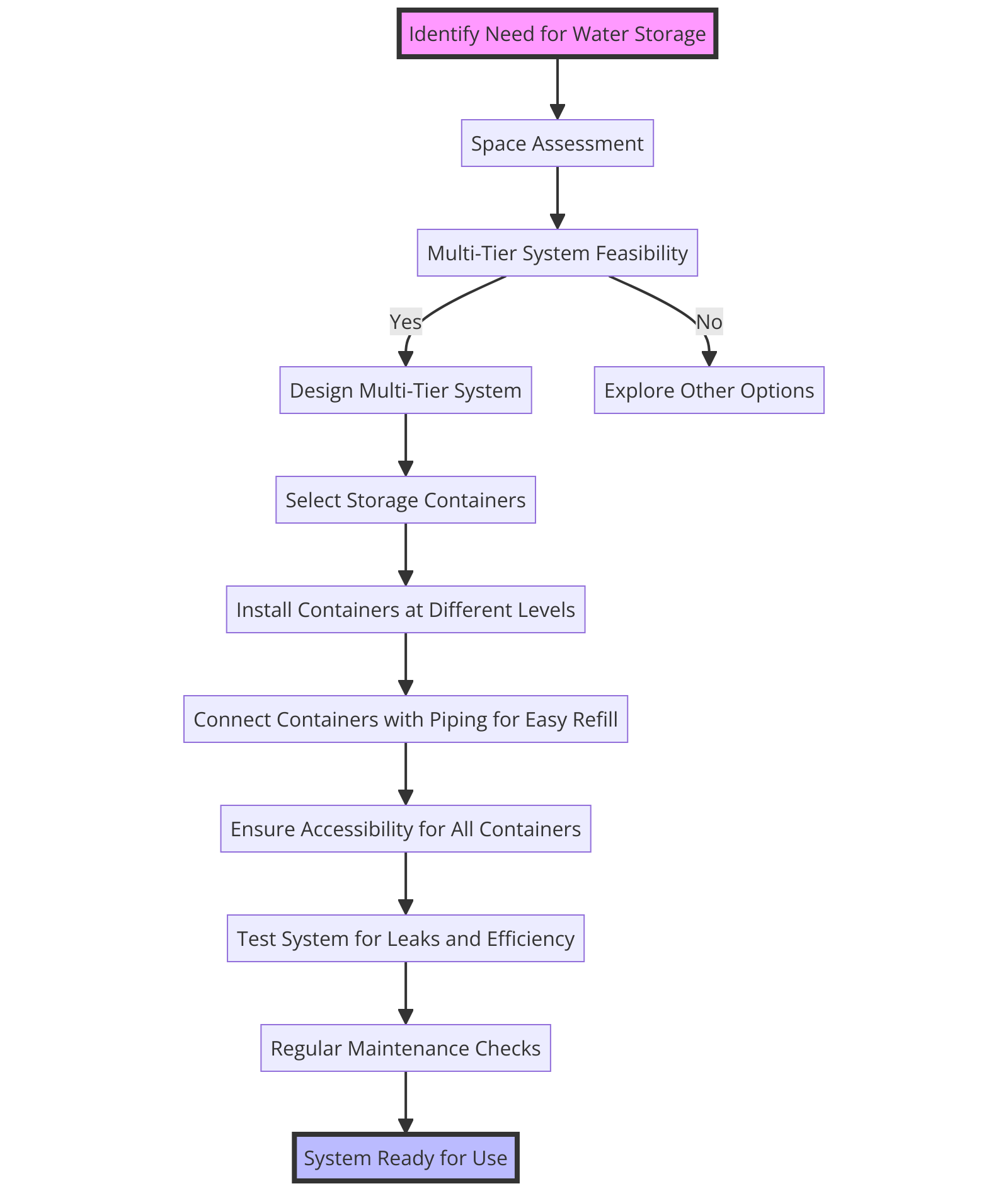
Another option is to invest in stackable water storage containers that can be easily tucked away in corners or under tables.
| Water Storage Solution | Space Usage | Accessibility | Pros | Cons |
|---|---|---|---|---|
| Bottled Water | High | Easy to access | Portable, convenient | Limited quantity, single-use, environmental impact |
| Water Jugs/Containers | Moderate to High | Moderate to High | Reusable, stores larger quantities | Requires storage space, heavy to transport |
| Water Tanks | High | Moderate to High | Large capacity, suitable for buildings | Installation/maintenance costs, space limitations |
| Water Dispensers/Filters | Moderate to High | High | Provides filtered water on-demand | Requires electricity/plumbing, ongoing maintenance |
| Rainwater Harvesting Systems | Moderate to High | Moderate to High | Utilizes natural resource, sustainable | Initial setup costs, space for collection/storage |
| Emergency Water Storage Kits | Low to Moderate | High | Compact, portable, includes purification | Limited capacity, requires regular replenishment |
Every bit of space counts when it comes to urban water storage.
Diversifying Water Supply
Having multiple sources of water is crucial in case of an emergency situation.
Besides storing water, consider filtering water from unconventional sources like rainwater or even tapping into swimming pools.
A well-rounded survival guide for suburban prepping includes understanding various ways to access and treat water when the SHTF scenario hits.
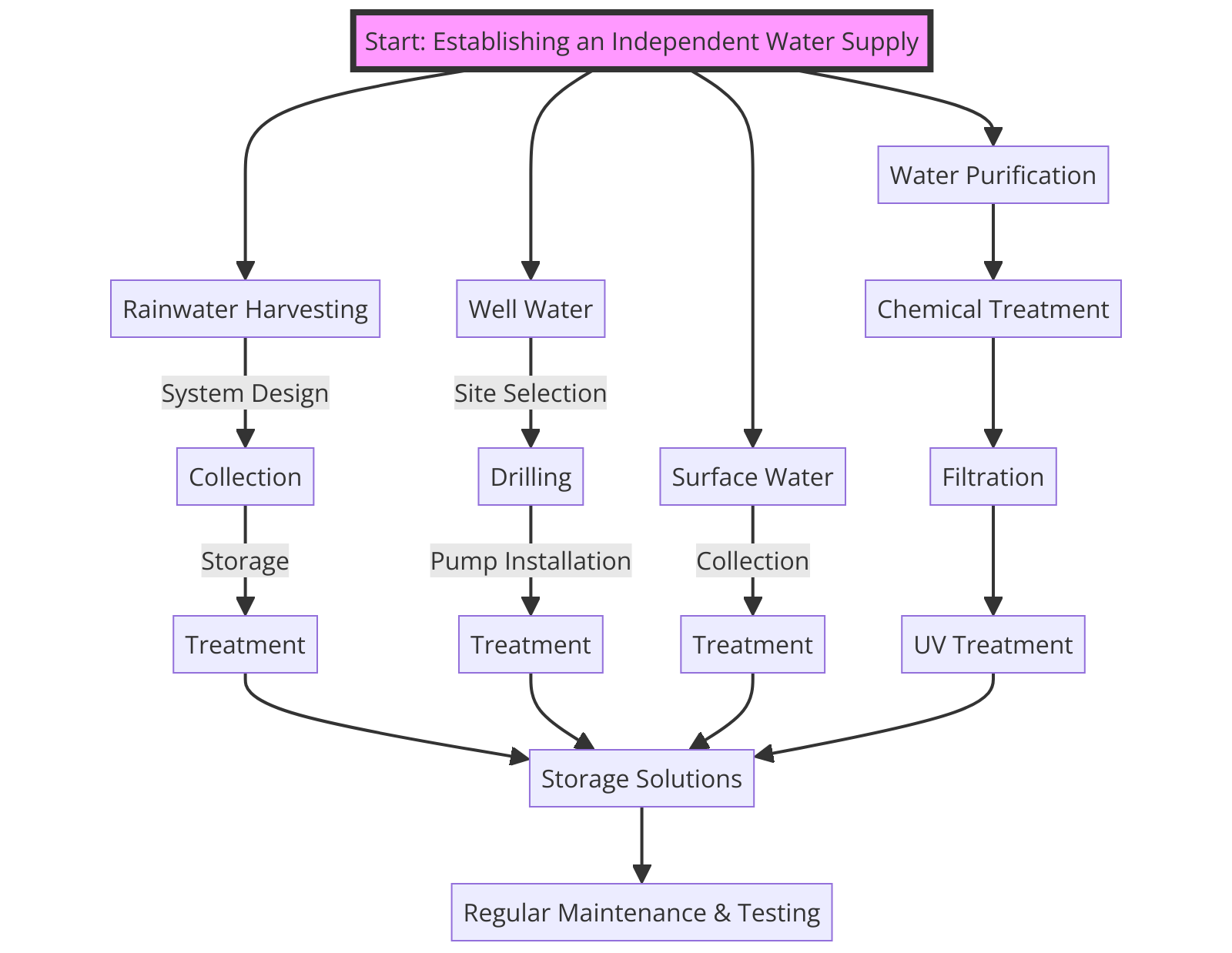
Food Storage Strategies for the Urban Prepper
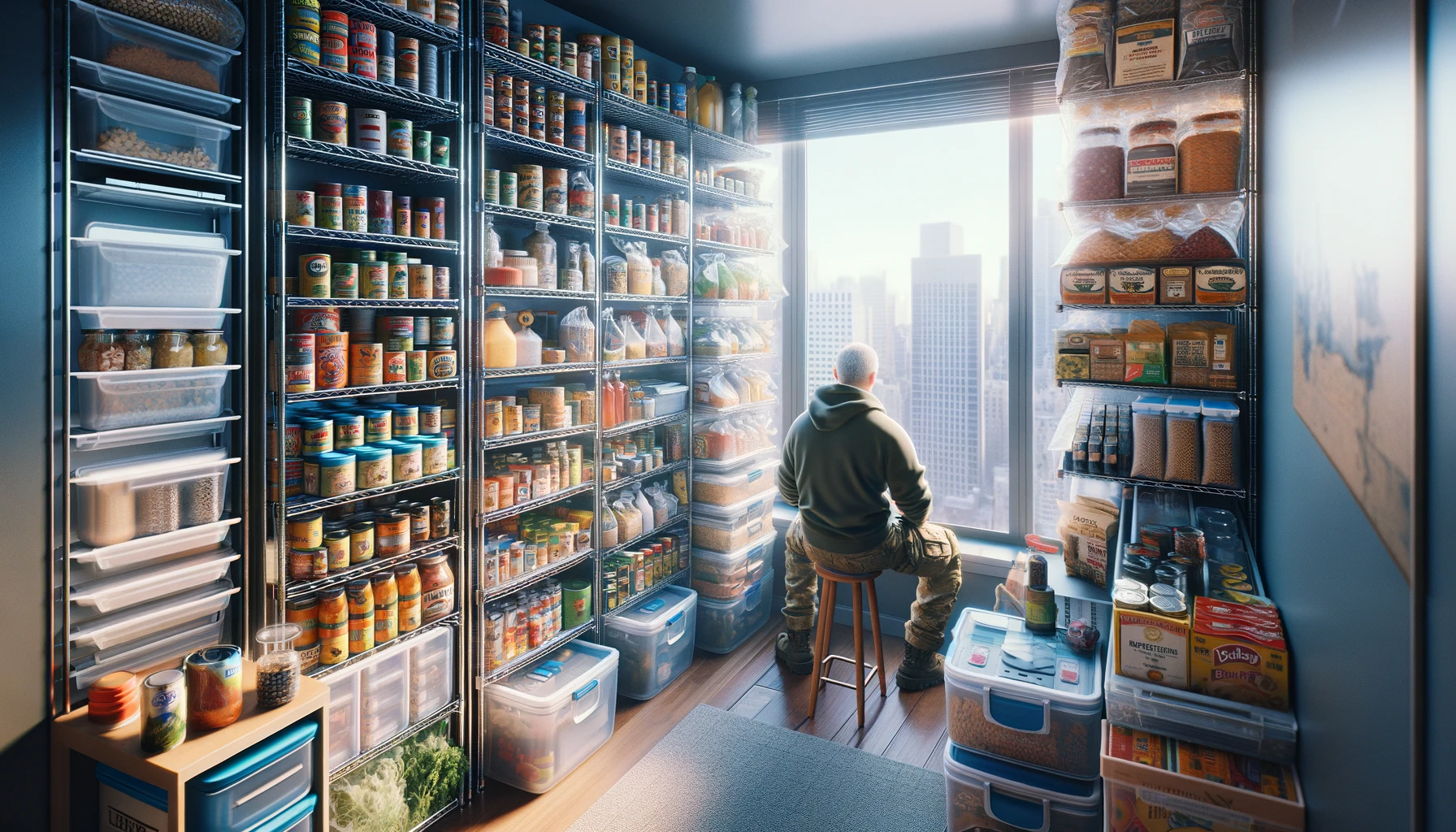
Starting Your Food Storage Plan
When it comes to urban prepping, having a solid food storage plan in place is crucial.
Begin by assessing how much shelf life your stockpile needs and how you can fit it into your living space.
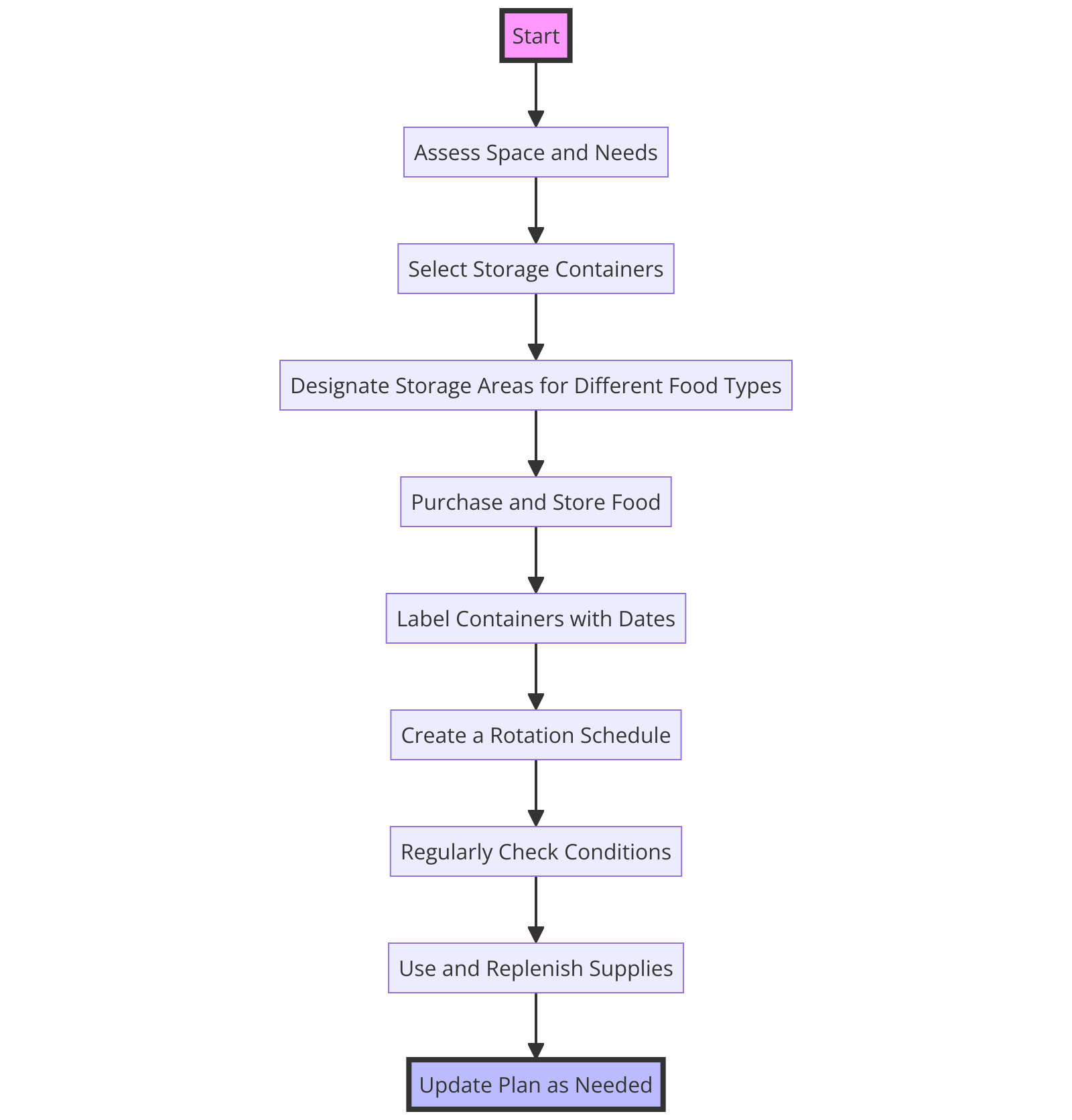
Remember, you’ll need at least one gallon per person per day to cover the basics.
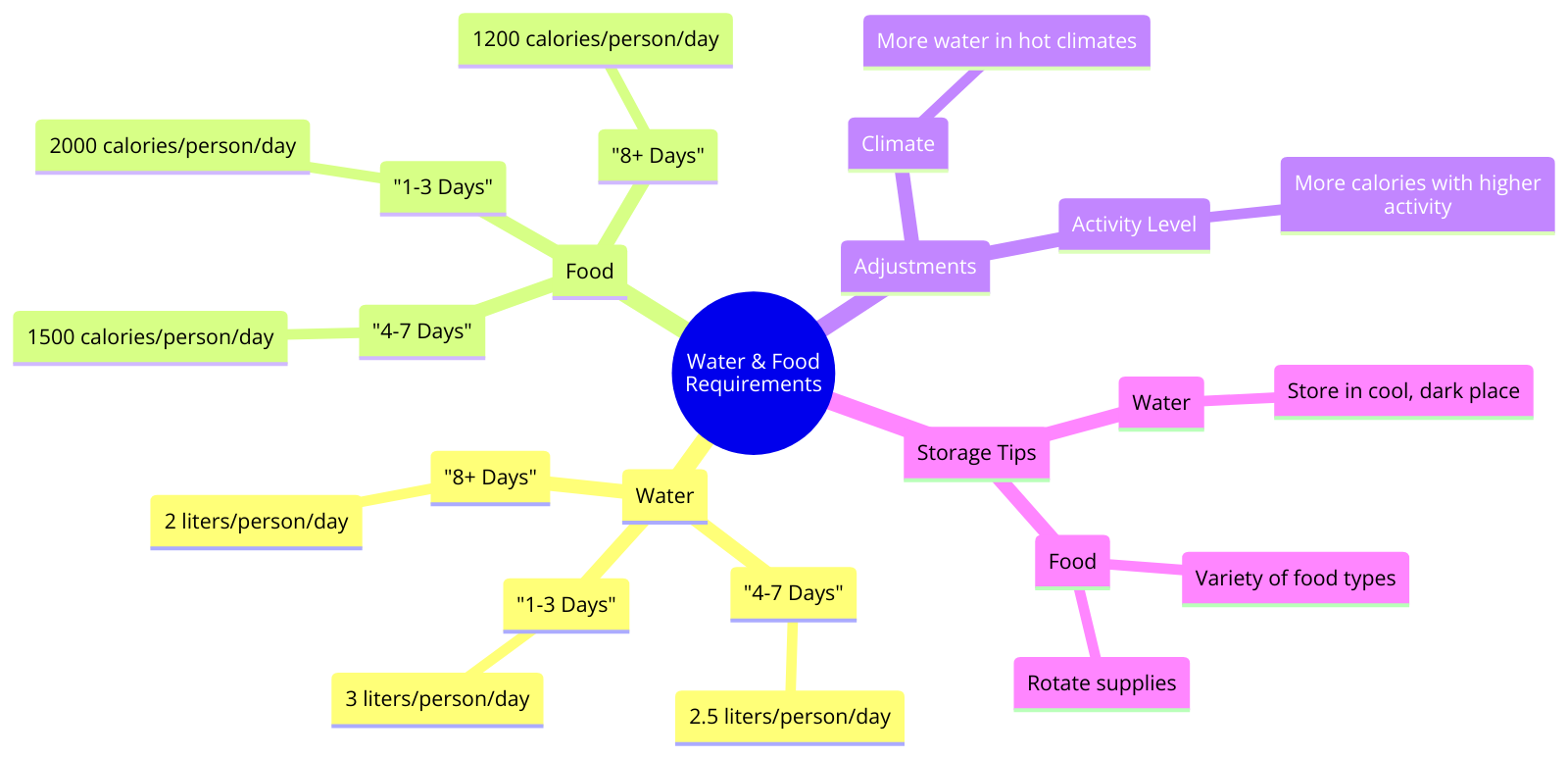
Utilizing Unique Urban Resources
In an urban environment, space can be limited, but you’ve got to get creative.
Consider utilizing your water heater as an additional source for storing gallons of water.
| Resource | Benefits |
|---|---|
| Rainwater Harvesting Systems | Utilizes natural resource, sustainable, reduces dependency on mains water |
| Swimming Pools | Large capacity, readily available, accessible during emergencies |
| Atmospheric Water Generators | Independent of water supply infrastructure, provides clean drinking water |
| Greywater Recycling Systems | Recycles water, reduces waste, provides non-potable water |
| Stormwater Management Systems | Collects rainwater, manages flooding, provides non-potable water |
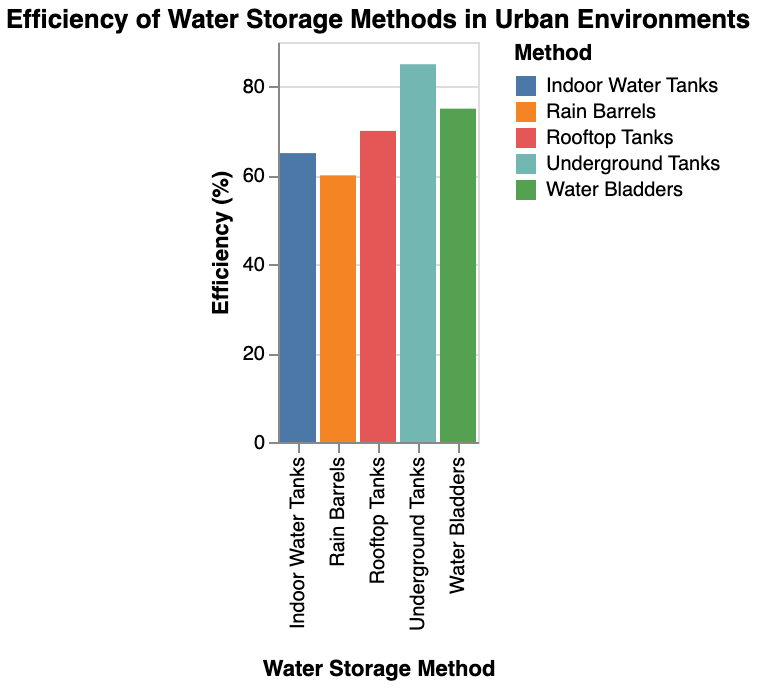
Evacuation Plans: Preparing to Evacuate Safely
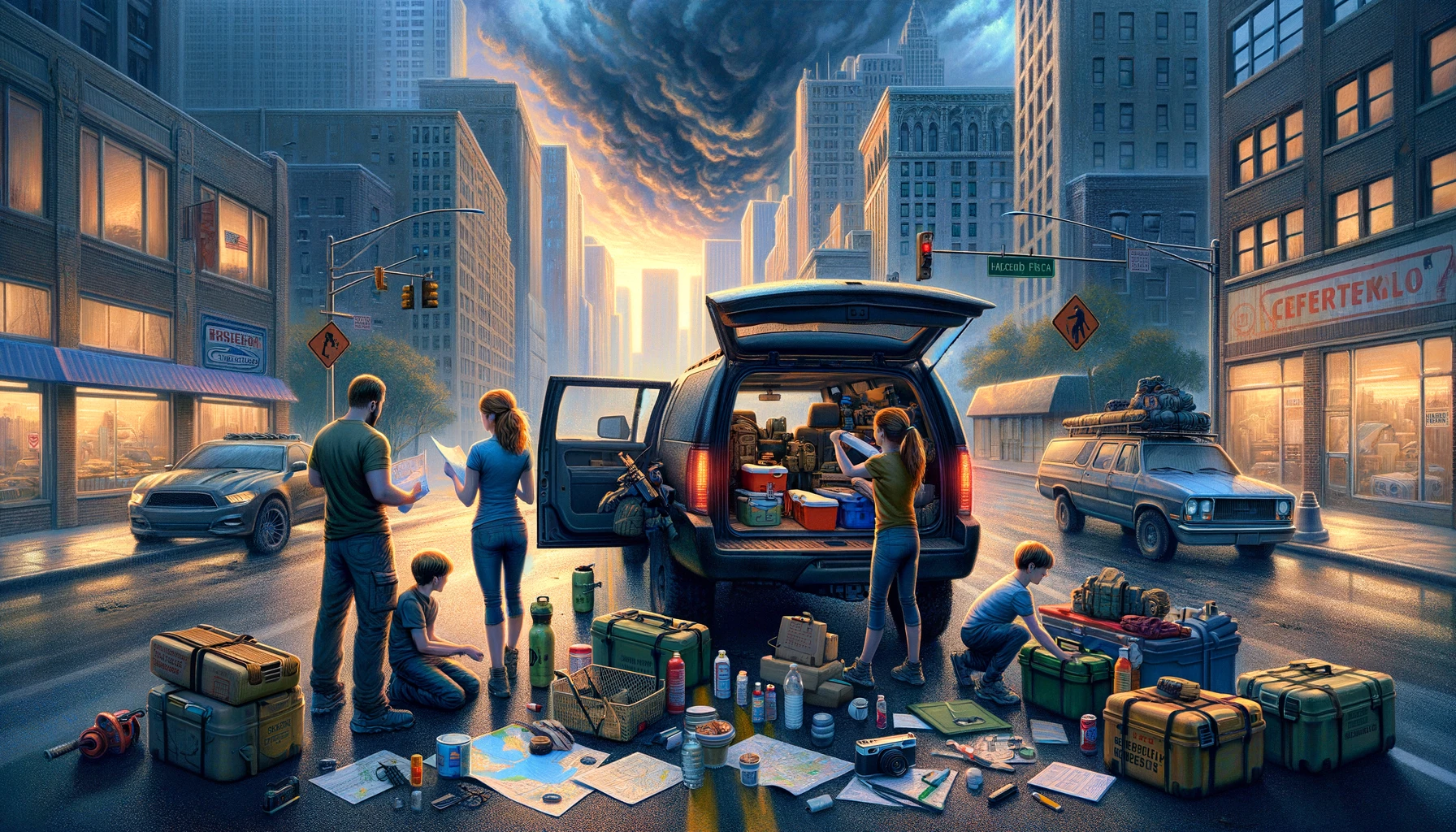
Securing Your Home
When it comes to evacuating during a disaster, preparing your home beforehand is crucial.
Don’t forget to have supplies on hand to fortify your home against potential threats.
Ensure you have a plan in place for water and power if you need to leave the city, as you could be without these essential resources for days without water.
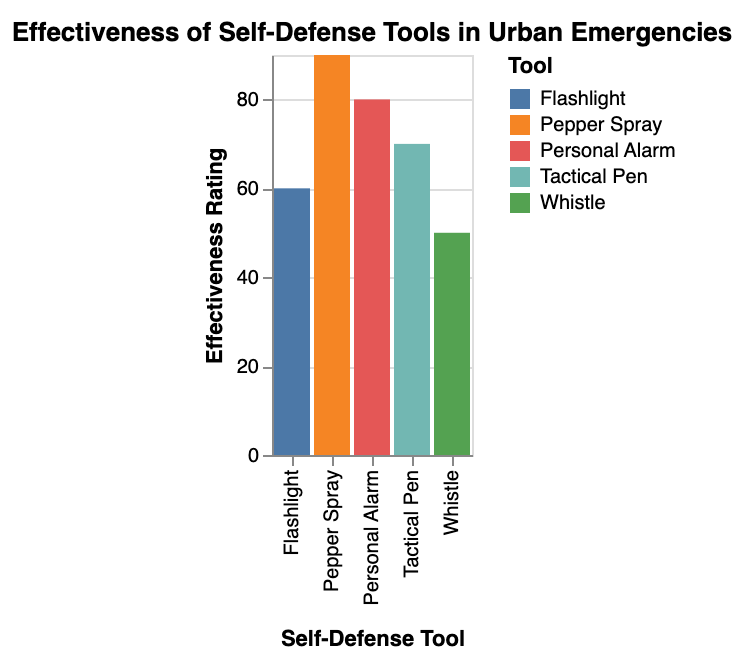
Emergency Evacuation Essentials
In the event you need to leave the city, having much water with you is essential.
Don’t forget to have a prepper’s bag ready with supplies to sustain you for an extended period.
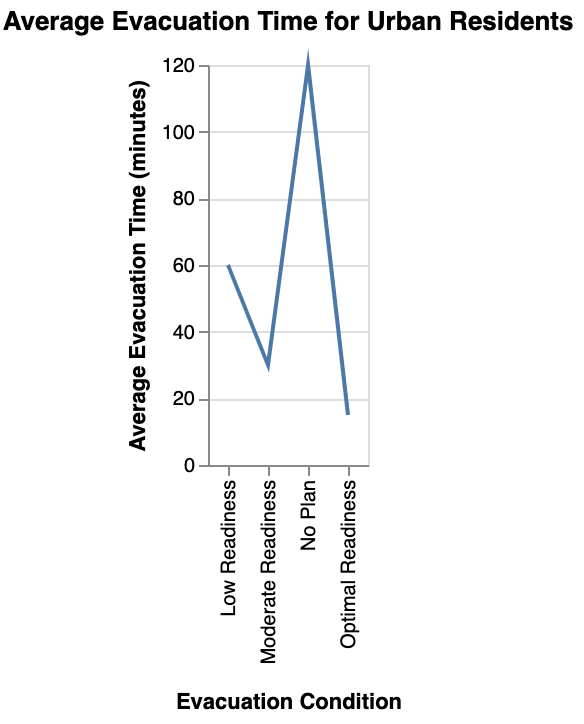
Having a plan in place and supplies on hand will give you peace of mind during a crisis.
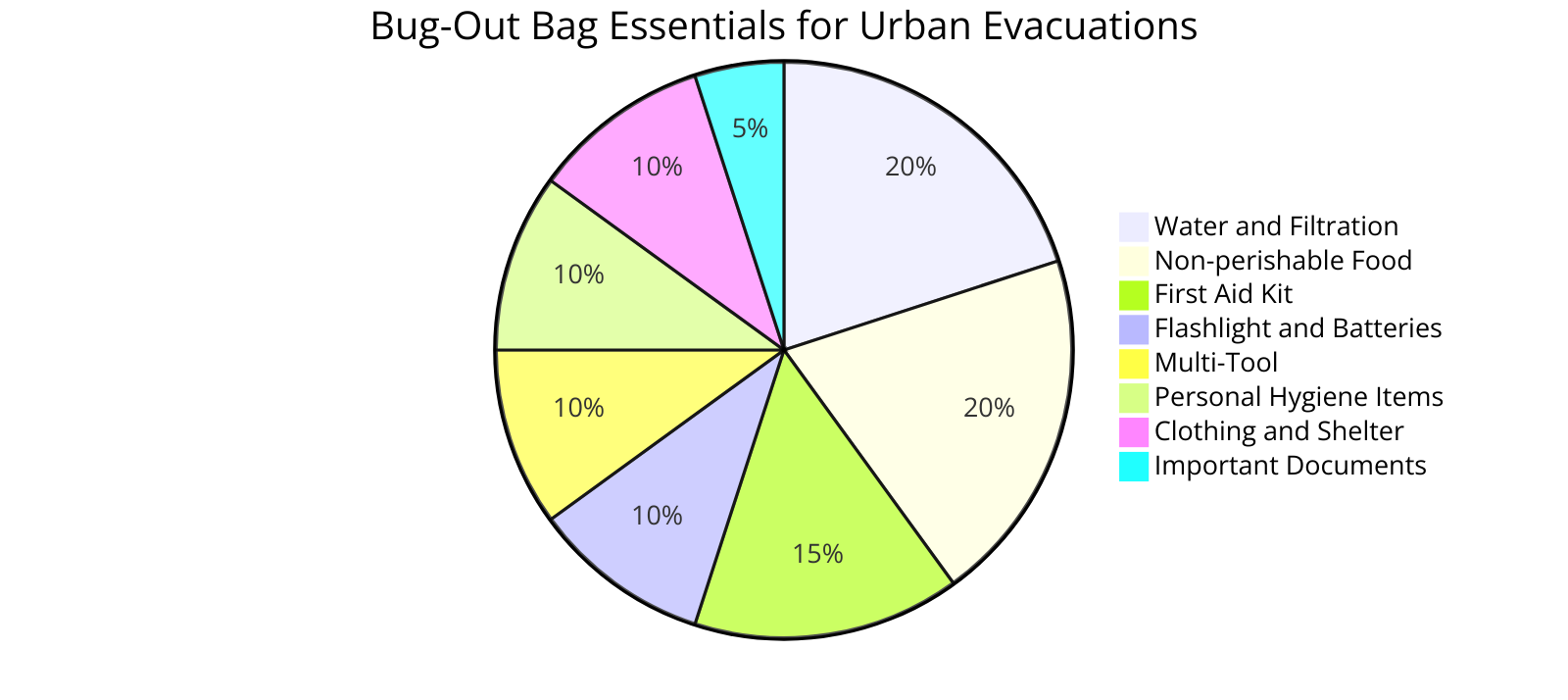
Remember, being prepared can make all the difference in staying safe when disaster strikes.
SHTF Scenarios: Understanding Unique Urban Challenges
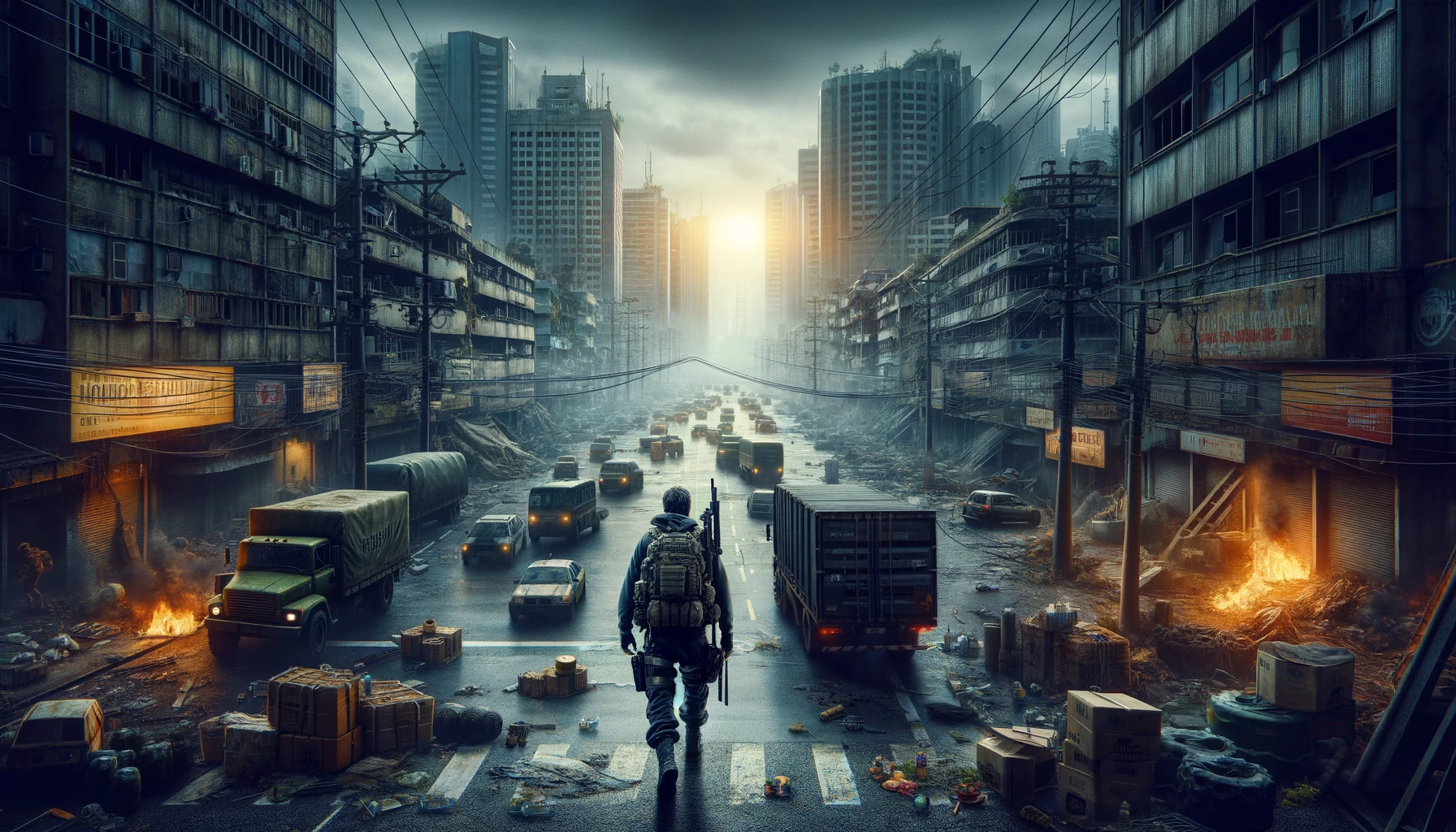
Facing Urban Challenges
When it comes to SHTF scenarios in urban areas, it’s crucial to be ready for anything.
Having pantries full of emergency supplies such as non-perishable food and one gallon per person per day of water is essential.
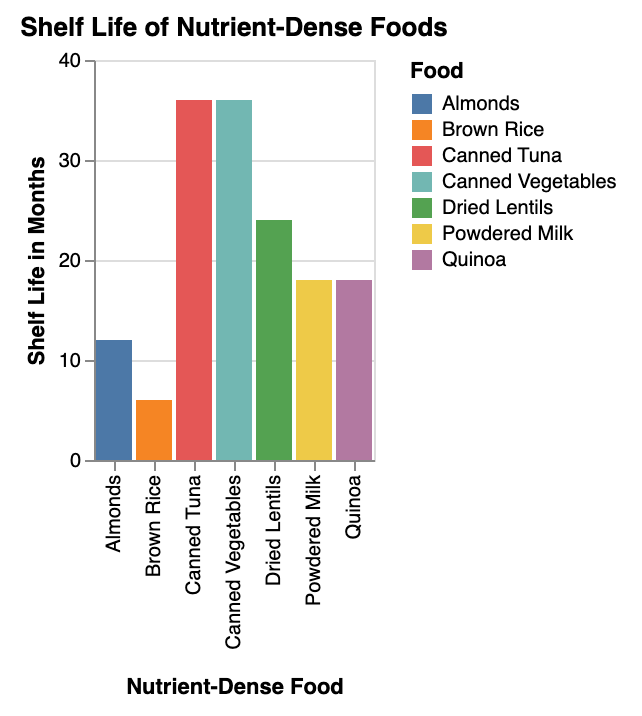
However, urban preppers might not be able to rely solely on their stocked supplies.
In the city, you need to know where to find additional resources and emergency shelter.
Helpful Tips for Urban Survival
One of the best course of actions is to also have a plan for space to store extra supplies and essentials in case you need to bug out.
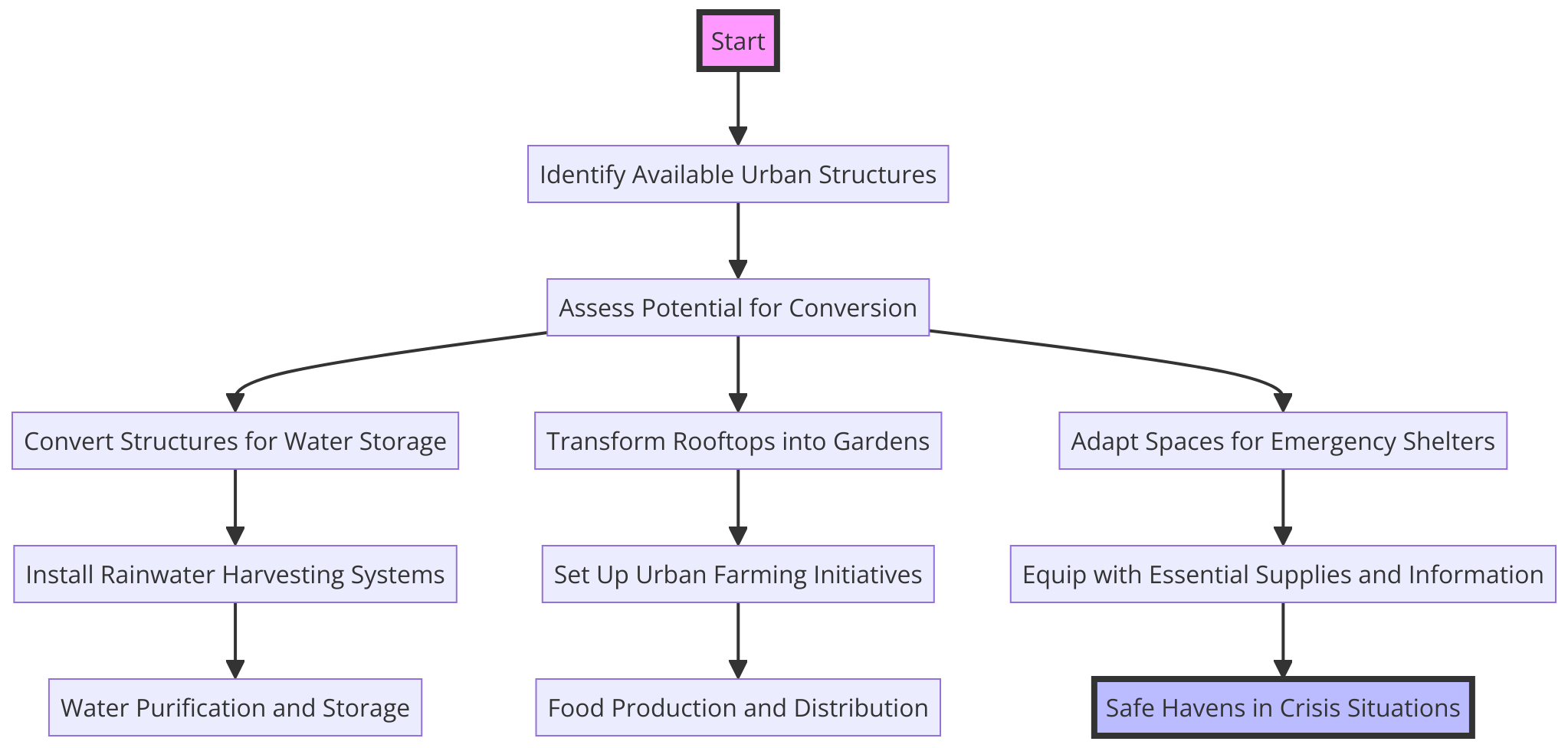
Make sure to return the item to its original place after using it.
Survival Skills for the Urban Environment

Prioritizing Essentials in Limited Storage Space
Living in a densely populated area means limited storage space for your supplies.
To keep your family prepared for potential food shortages, focus on items with low item weight that would allow you to stay agile in case of an emergency.
| Emergency Supplies | Storage Size | Utility Value | Notes |
|---|---|---|---|
| Emergency Rations | Compact | High | Provides sustenance during emergencies, long shelf life |
| Water Filters | Variable | High | Purifies water for drinking, compact options available |
| Compact Multi-Tool | Small | High | Versatile tool for various tasks, space-saving design |
| First Aid Kit | Compact | High | Essential medical supplies for emergencies, portable |
| Emergency Blanket | Small | Moderate | Retains body heat in cold conditions, lightweight |
| Whistle | Small | Moderate | Signaling for help, lightweight and compact |
| Flashlight | Variable | Moderate to High | Illumination in low-light conditions, compact models available |
| Fire Starter | Small | Moderate | Ignites fires for warmth and cooking, compact designs |
| Emergency Shelter | Variable | Moderate to High | Provides protection from the elements, collapsible options |
Consider storing emergency rations that are designed for long shelf life and easy portability.
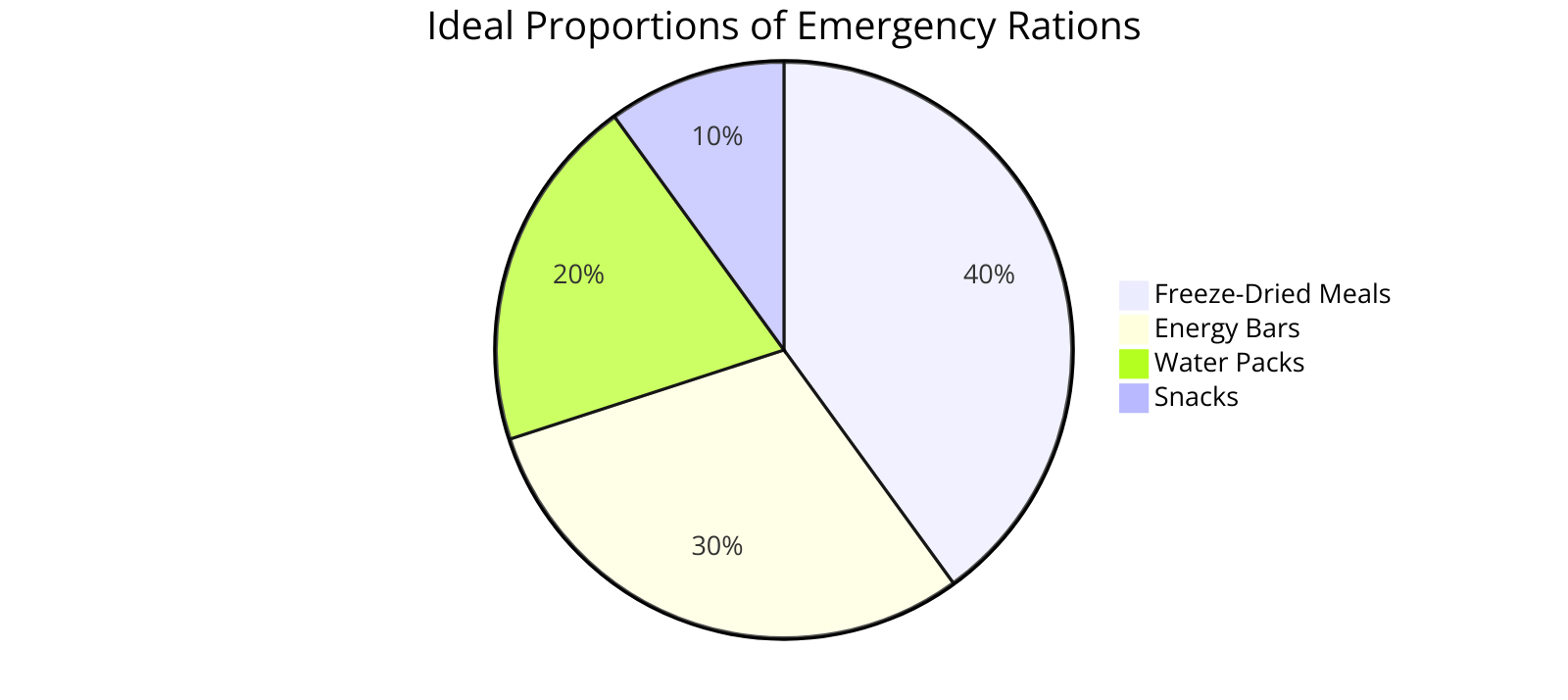
Essential Urban Survival Gear:
To prepare for scenarios without food or during a prolonged crisis, investing in a comprehensive survival guide is crucial.
Look for books that provide practical tips specifically tailored for urban environments.
Take advantage of online platforms where you can find frequently bought together items, which can be useful additions to your survival kit.
More Resources:
- Primal Survivor offers insights into essential skills for surviving any disaster in the city, highlighting the importance of food, water purification, and self-defense skills in an urban environment. Find out more at Primal Survivor.
- Tactical.com breaks down what every prepper should know, focusing on developing situational awareness and storing supplies efficiently in limited spaces. Learn more at Tactical.
- Urban Survival Site provides a list of 10 disaster essentials for new preppers, including food storage tips, fire creation, and the necessity of a good backpack. Check it out at Urban Survival Site.
- The Bug Out Bag Guide offers 5 essential urban survival tips to keep you alive, emphasizing evacuation strategies and the importance of prepping groups. Discover more at The Bug Out Bag Guide.
- Survival Sullivan discusses unconventional food sources in urban settings, the importance of foraging, and growing your own food indoors if necessary. Further details are available at Survival Sullivan.


